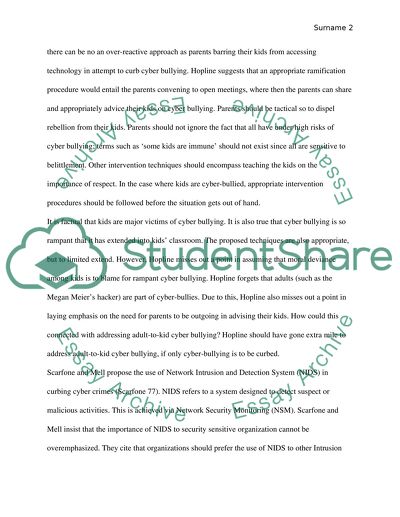Cite this document
(“Cyber Bullying Essay Example | Topics and Well Written Essays - 3500 words”, n.d.)
Retrieved from https://studentshare.org/sociology/1402956-cyber-bullying
Retrieved from https://studentshare.org/sociology/1402956-cyber-bullying
(Cyber Bullying Essay Example | Topics and Well Written Essays - 3500 Words)
https://studentshare.org/sociology/1402956-cyber-bullying.
https://studentshare.org/sociology/1402956-cyber-bullying.
“Cyber Bullying Essay Example | Topics and Well Written Essays - 3500 Words”, n.d. https://studentshare.org/sociology/1402956-cyber-bullying.


